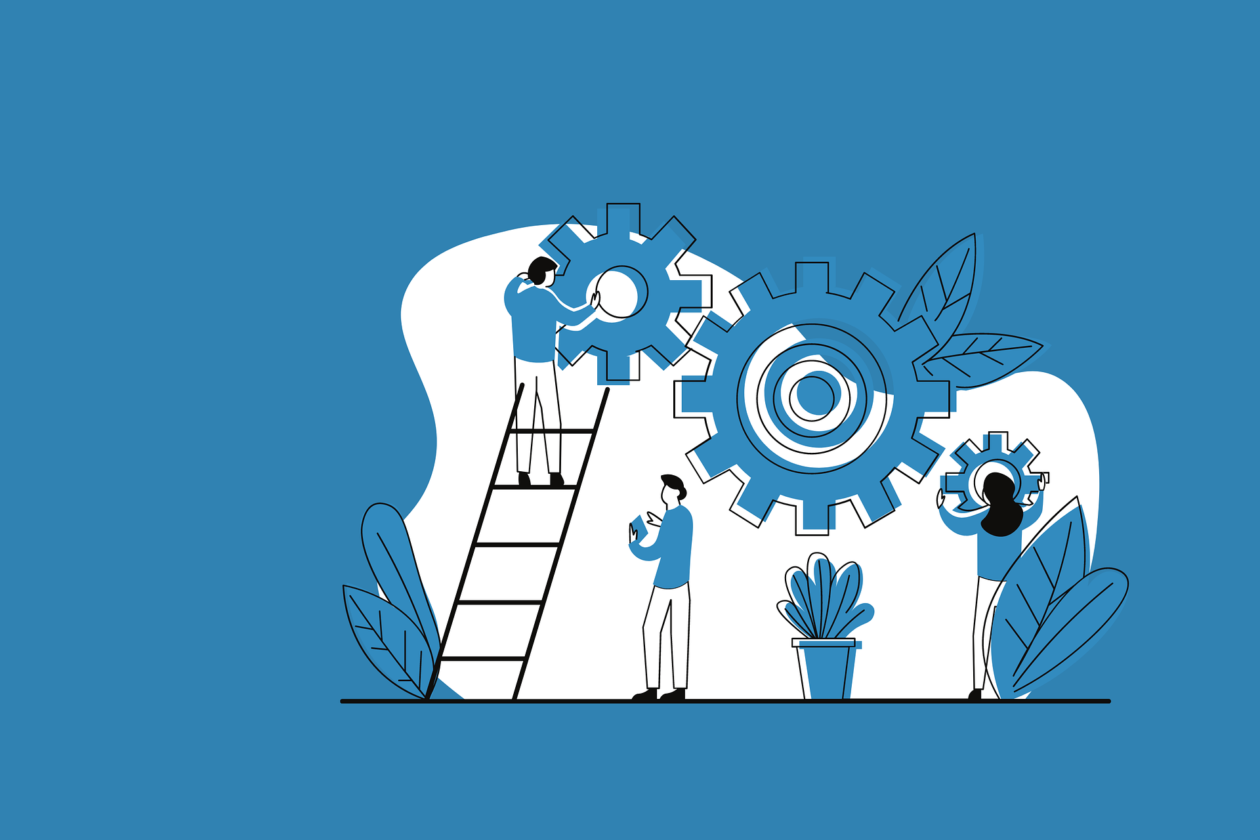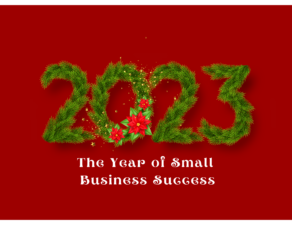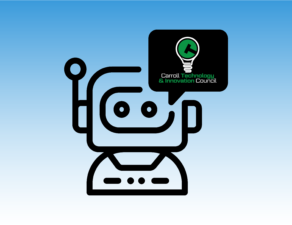
Day-to-day aggravations become a source of suffering when we choose to personalize negative influences and events. This happens when we view problems as being intentionally, individually targeted at us. In “The Art of Happiness,” Howard C. Cutler describes this act of personalizing pain as “the tendency to narrow our psychological field of vision by interpreting or misinterpreting everything that occurs in terms of its impact on us.”
When we approach obstacles in life only by how they affect us, what could be viewed as an inconvenience or a potential point for progress feels very encumbering – sometimes even paralyzing. As the 14th Dalai Lama said of these feelings, we “add to our pain and suffering by being overly sensitive, overreacting to minor things, and sometimes taking things too personally.”
In deciding a problem is unfair, we might just give ourselves another problem – oh bother! In addition to the problem at hand, we now must grapple with an immense feeling of ‘unfairness’ that threatens to distract and consume us, pulling away the energy we need to tackle the true challenge at hand.
Allowing our emotions to feed the fire of a problem will grow the flames sky high – and billows of smoke that cloud the paths forward.
However, problems themselves do not inherently cause suffering. It is in our control whether we choose to lament and labor over the odds and ends of justness. When we can focus on the problem at hand and abandon the debate of whether we deserve it, solving it becomes an exercise rather than a source of pain.
Let’s work this out.
Our ability to solve a problem with this perspective starts with how we define it: “The mere formulation of a problem is far more essential than its solution,” once said Albert Einstein, and he was… like… really good at solving problems.
Consider some of the ways we can reframe characteristics of a “problem” 😉
- Self-imposed, circumstantial or other imposed limits may not be tools of oppression, but rather aids for channeling creativity;
- This moment may be the opportune time you would have hoped to react to in hindsight to a greater problem you now can avoid;
- This could be the excuse you were hoping for to acquire certain tools, skills and resources now needed for the solution required.
Applying these reframes may allow you to see the problem as an opportunity – like those uber positive people that may have made you ponder “how do they do it?!”
Entertain the ways this problem could be useful; allow your mind to be malleable and your process to be flexible. A supple way of thinking allows us to integrate conflicts and inconsistencies into a path forward. With an adaptable approach, we can maintain our composure; with a belief in compassion and progress, we can maintain our optimism.
When the fight feels too fixed.
We can feel stifled in our actions when we see the problem being long-lasting or permanent. We might be sensing the issue is deeper and will always be unescapable, or we may see a tenuous journey ahead. However, there is nothing in life that doesn’t change – including the problem.
All things are transient and under the influence of other factors. If we remind ourselves that the problem can change, and that its existence is determined by other factors, we can forge for a solution and identify ways to influence it – even if only our perspective of the problem at first.
Keep it practical, not personal.
No matter how much you may have to grapple with the problem, defining it and seeking the solution, it is invaluable to remember that you are not defined by the problem. When we identify ourselves with the issue and its characteristics, it can be difficult to progress beyond. Even if the problem successfully revealed information about you, it is not you.
When I do find myself churning with emotions and personalized pain, maybe even to the point of experiencing intense emotions of hatred or resentment for the source, I ask myself: what can I learn about me in this moment? It’s almost like saying to myself “okay, you want to get personal? Let’s get personal!” This often allows me to identify a problem within and redirect my attention from the source. Although this problem of emotions still presents a secondary problem, reframing this is a practice of making that inclination towards personalizing pain more manageable. Like any mindful awareness of our emotion and thought processing, it’s a practice, and this type of mental training will take time.






